You might be an outdoor enthusiast who fears creepy-crawly creatures since you don’t know if they are harmless or poisonous. Spiders are among these creepy creatures since it can be challenging to figure out the non-venomous and venomous ones.
All different types of spiders are found in similar places in the wilderness or in your home. But spiders are further grouped into venomous and non-venomous types. These types of venomous spiders are dangerous to humans at some point.
Identifying the most venomous spiders might sound simple, but you will need to know a thing or two about their prominent features. We have compiled a list of over 15 most dangerous spiders in the world for you in this article. Let us find that out now:
Most Venomous Spiders in the World Overview
The world has over 46,000 different types of spiders with unique features. About 30 percent of these spiders are considered dangerous to humans. Research shows that these types of venomous spiders are responsible for some human deaths (1).
All spiders are predators since they hunt using fangs to inject venom that paralyzes and kills the prey. The poison works more effectively and efficiently on smaller animals than on human beings.
Most spiders are tiny creepy creatures that are unable to puncture human skin or aggressively attack them. But most venomous spiders are so potent that a single bite can kill a person.
Everyone’s immune system reacts differently to a spider bite. The symptoms may range from minor skin irritation, pain, and nausea to death. We recommend exercising precautions when handling these arachnids.
Different Types of Venomous Spiders (With Pictures)
Fringed Ornamental Tarantula
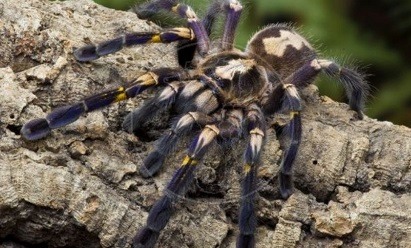
It is a huge hairy beast with fangs pointing downwards. These fangs usually stab the prey rather than pinch as seen in other spiders.
Most tarantula bites are painful and dangerous like wasp stings. The bite won’t kill a person but will cause significant pain, extreme muscle cramps, and spasms.
Goliath Birdeater Tarantula
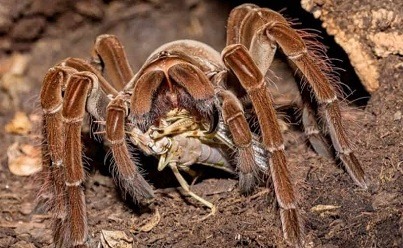
The tarantula type is native to Northern South America. They are the largest poisonous spiders in the world with a bodyweight of up to 175g and a size of 13cm.
These spiders feed on insects, small rodents, frogs, and lizards. The sharp fangs and venom help to paralyze their prey. The poison is relatively harmless to human beings.
Red-Legged Widow Spider
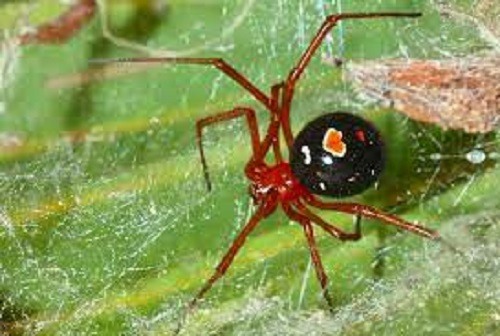
It is a rare venomous spider that belongs to the black widow family. Red-legged widow spiders are native to South and Central Florida. (6)
The spider type is less than an inch though pack with venom amount similar to their widow relatives. The spider bite results in intense pain, vomiting, nausea, and malaise.
Sydney Funnel Web Spider
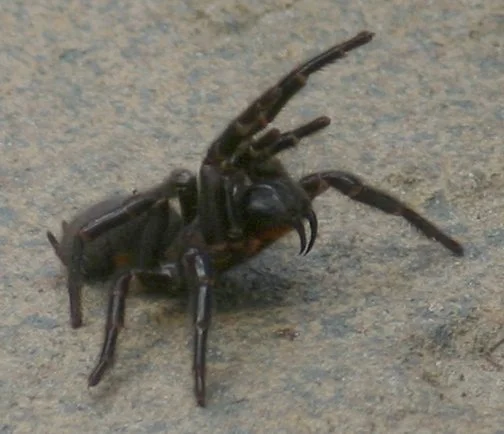
It is the most dangerous spider in Australia since the spider is more aggressive when feels threaten or provoked. They can grow up to 1-3 inches long.
Female funnel-web spiders prefer hiding in their silk-lined tabular burrow most of the time. Males wander during the warmer months to look for receptive females.
The spider venom contains atracotoxin compound which is highly poisonous. The toxic ion inhibitor can kill a child within 15 minutes.
Northern Funnel Web Spider
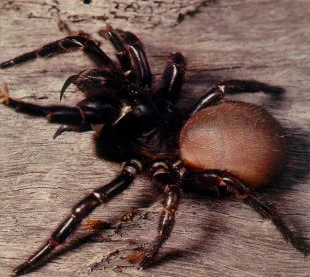
These spiders belong to the largest venomous species in Australia. They prefer dwelling in the trees and can grow up to 3-inches long.
Northern funnel-web spiders are also attracted by water. Many homeowners are likely to encounter them when cleaning their swimming pools.
The venom can kill humans within minutes if not treated immediately. The northern funnel-web spider belongs to the most poisonous spiders in the world.
Brazilian Wandering Spider
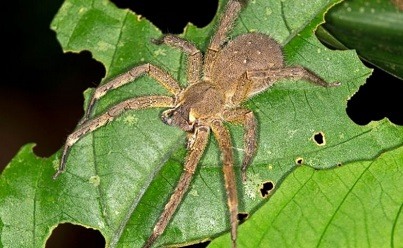
It is a large brown spider that resembles the North American wolf spider. But the species contain a large amount of venom in the world.
These spiders love traveling and hunting more than others. These creepy creatures crawl into cozy and comfortable places at night. They also hide in the fruits and flowers.
The spider will bite when feels threatens to defend itself. The spider bite will cause intense skin irritation and even death among children with weaker immunity. (7)
Chilean Recluse Spider
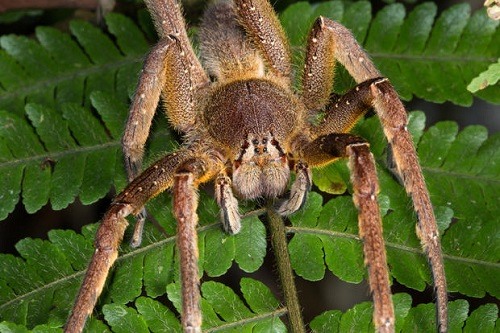
It is the most poisonous spider that relates to Brown recluse spiders. It is also known as a cornered spider in Spanish and a brown spider in Portuguese.
The bite might result in a severe systemic reaction and even death. But these spiders are non-aggressive since they only bite when pressed against the skin (8).
Brown Recluse Spider
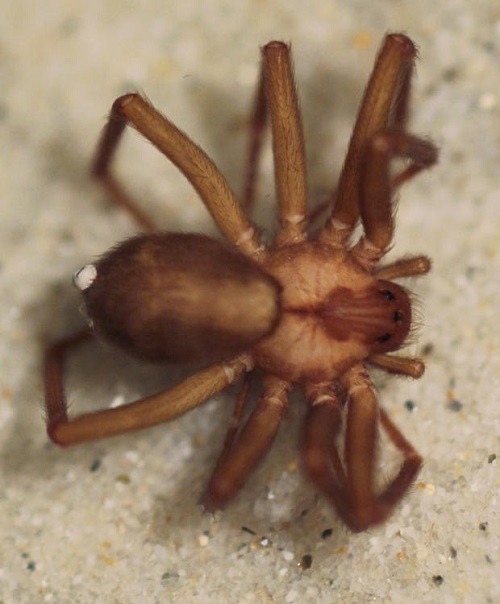
These spiders are also known as violin, fiddlers, or fiddle backs due to their dark violin-shaped markings on the head. They are slow-moving and wander about in dim places.
They love hiding in footwear, clothing, and beds to get trapped against someone’s skin leading to the spider bite. The bite causes massive tissue loss and severe infection.
Brown recluse in the USA is restricted to the Midwest, south, and southeast. But these spiders are native to southern California and adjacent areas.
Black Widow Spider
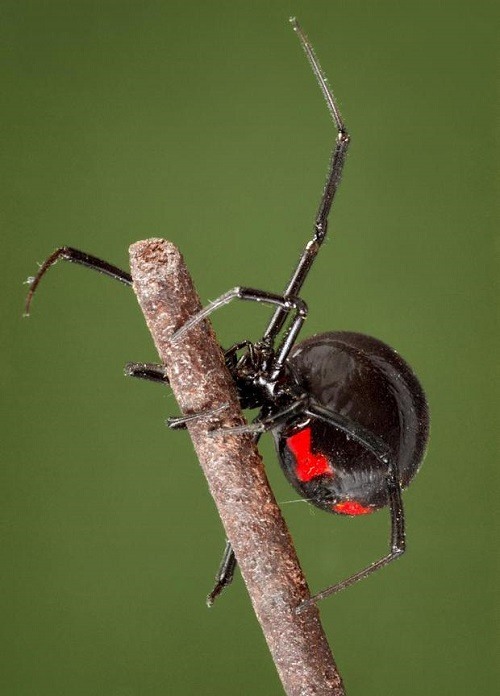
These are notorious and most dangerous spiders with an hourglass-shaped mark on their abdomens. They are more common in temperate regions around the world.
Black widow spiders are becoming endangered species due to the modernization of home plumbing and heating system. (9)
The spider venom is 15 times stronger than a rattlesnake to humans. The bite causes nausea, muscle aches, and paralysis of the diaphragm which affects the breathing system.
Six-Eye Sand Spider
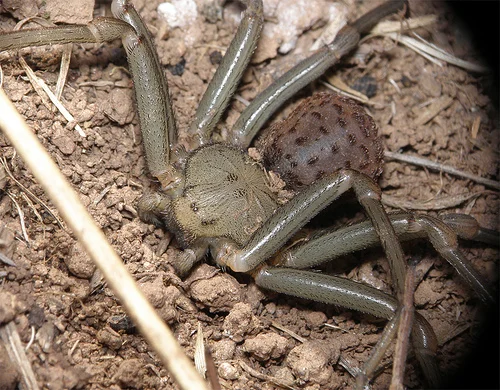
These are medium-sized spiders that measure about 1-2 inches with legs spanning up to 4-inches long. These spiders love the desert and sandy regions in southern Africa.
These spider species are related to recluses due to their flattened stance. The venom can kill a rabbit within 5-12 hours. But they rarely bite human beings.
The poison can cause blood thinning, vessel leakages, and crucial tissue destruction. I recommend seeking immediate medical help from a professional
Brown Widow Spider
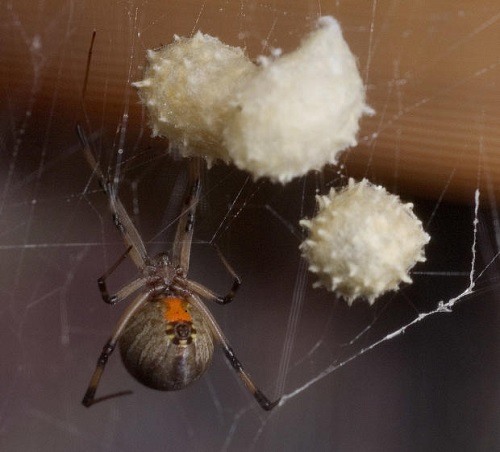
These spiders hail from Southern California, the Caribbean, South Africa, Madagascar, Gulf Coast, and Japan. They build their nest in old tires and abandon buildings and shrubs.
The brownish appearance ranges from tan to almost black. The abdomen has ornate dark brown, black, yellow, white, or orange markings.
The venom from this species is twice powerful as the black widow counterpart. They are less aggressive and only inject a little amount of venom after biting.
False Widow Spider
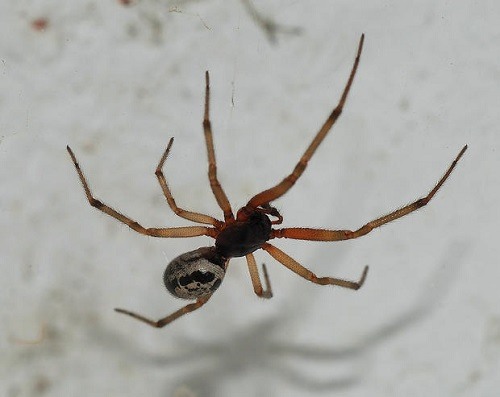
It is the most venomous spider in the United Kingdom. The spider has a black thorax and gray abdomen with dark spots.
The legs are brown and about two inches long. False widow spiders are closely related to black and brown widow spiders. Besides that, they are less aggressive than the two.
Yellow Sac Spiders
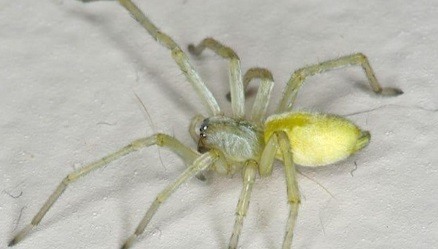
A yellow sac spider belongs to the Clubionids family. The spider has a body size range between 3mm and 15mm long.
Yellow sac spiders build silken tubes under stones, leaves, and grass. These venomous species are native to the United States and southward Mexico towards South America.
Yellow sac spiders rarely bite their victims unless they feel threatened. The venom causes lesions, redness, and swellings on the skin.
Katipo Spider
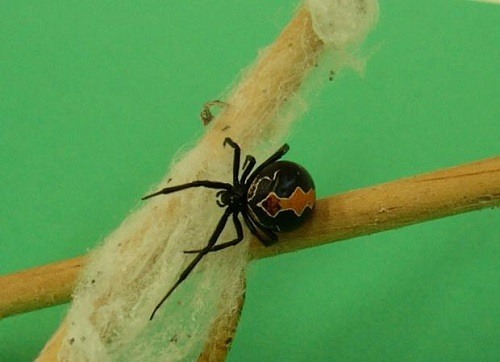
Katipo spiders are endangered species in New Zealand and the most poisonous in the world. They are black with brown markings on their abdomen.
Katipo spider bites cause redness, itching, swellings, and lesions on the site. Children with the weak immune systems are vulnerable to death.
Camel Spider
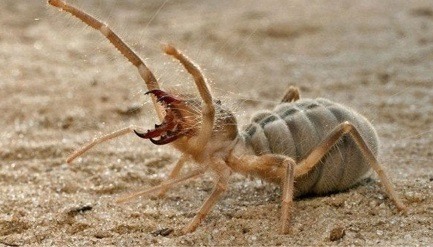
Camel spiders prefer living in warm deserts and scrublands all over the world except in Australia. The arachnid looks ferocious and relatively venomous.
These spider species are not dangerous to humans though they can cause painful bites when provoked. The venom won’t lead to death.
Wolf Spider

The species belong to the Lycosidae family and can be found all over the world. They have a broad and hairy body that measures 2-3cm long.
The stout legs help to chase and pounce on prey at a high speed. A wolf spider bite can cause dizziness and nausea among human beings.
Mouse Spider
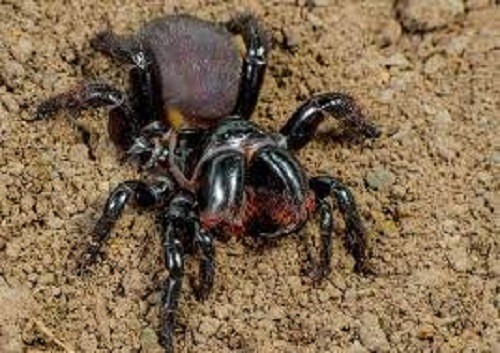
Mouse spiders have soft thorax and furry abdomen. These poisonous spiders hail from Australia. It also has huge fangs and dangerous venom for killing prey.
These spider species are less aggressive and are known for their dry bites. They appear lowest on the most dangerous spider chart.
Hobo Spider
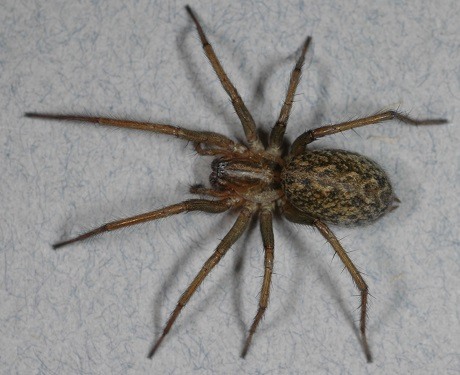
These spiders grow up to 15cm long with spindly brown and hairy legs. They also have nasty necrotic venom similar to recluse spiders.
A hobo spider bite can cause severe headaches and open wounds that take a long to heal. These poisonous spider species hail from North America and Europe.
Redback Spider
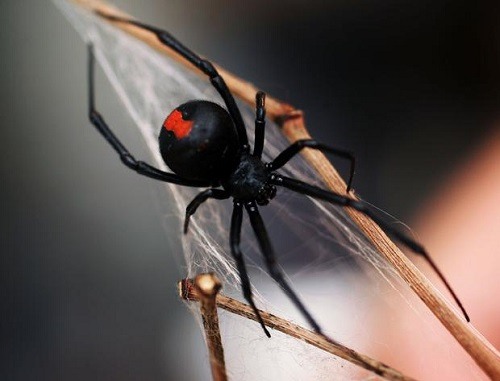
Redback spiders resemble black widow species. Redback spiders are native to Australia, Southeast Asia, and part of New Zealand.
The black abdomen has red stripes for easy identification. The redback spider bites contain potent venom that causes burning pain, vomiting, and sweating. (10)
Red Widow Spider
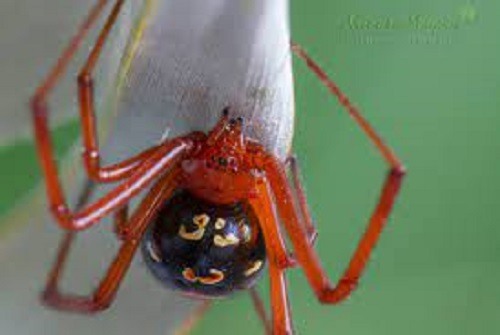
The red widow spider has close similarities with the red-legged widow spider. The reddish tinge and reddish-brown black abdomen make it stand out from other spiders.
The female red widow spider is larger than the male counterpart. The female species usually kill and eat male species after mating.
Red widow spiders are native to central and southern Florida. They have venomous bites that can result in death.
You Might Also Like:
